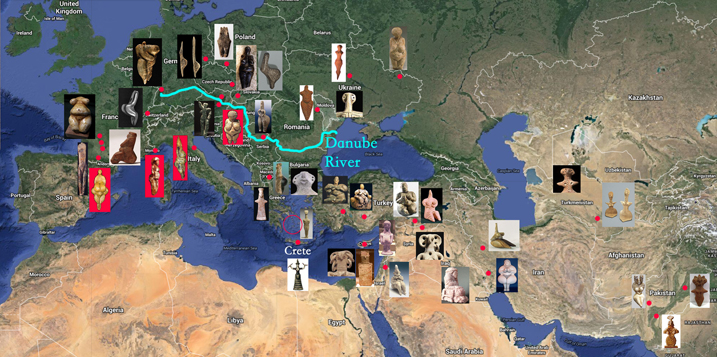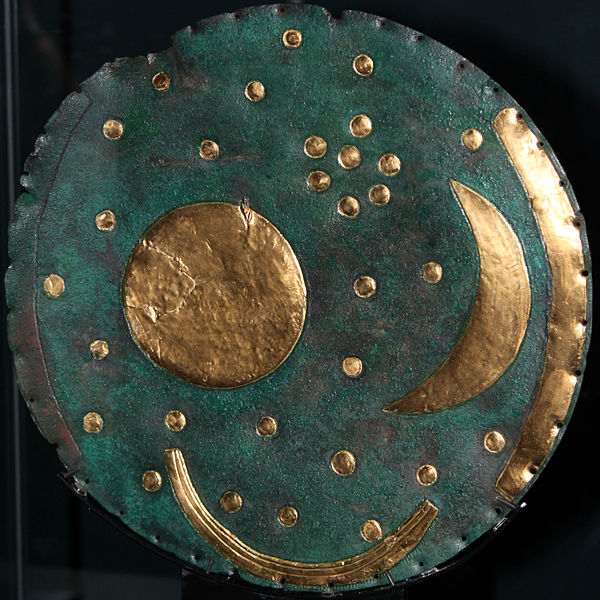Airport Book
Position of women 3: Venus and the disappearing goddesses
 Yesterday the BBC broadcast a documentary called Venus Uncovered. In an article linked to the documentary Bettany Hughes sketches the evolution of the goddess Aphrodite/Venus over the centuries (here). This article was interesting for me, firstly as I’ve just taught a course in which two students wrote pieces on what are known as Venus figurines. This is an umbrella term for prehistoric small statues of human figures, generally female with exaggerated secondary sexual characteristics. They were produced widely throughout Eurasia, although largely focused around the Mediterranean (the map below gives some sense of this).
Yesterday the BBC broadcast a documentary called Venus Uncovered. In an article linked to the documentary Bettany Hughes sketches the evolution of the goddess Aphrodite/Venus over the centuries (here). This article was interesting for me, firstly as I’ve just taught a course in which two students wrote pieces on what are known as Venus figurines. This is an umbrella term for prehistoric small statues of human figures, generally female with exaggerated secondary sexual characteristics. They were produced widely throughout Eurasia, although largely focused around the Mediterranean (the map below gives some sense of this).

Map of location of finds of Venus Figurines by: http://firstlegend.info/thevenuscult.html
Secondly, it links with an idea that Jan Luiten van Zanden have been playing with for a while, namely to write what we call an “airport book” (a book with serious scientific-content, but which one might pick up in an airport bookshop) about the role of women in development over the very long term. In fact the reason the aforementioned students had written these pieces was that we had challenged them to write about this topic for a non-academic audience. One of the inspirations for this book came during a trip to Halle where, during a visit to the Museum of Prehistory we pondered the disappearance of these sorts of sex-positive images of women. On a side note, the Museum of Prehistory is worth a visit, should you find yourself in Halle, for the Nebra Sky disk, dated as being from 1600 BC and believed to be a very early device for tracking the passing of the seasons by means of close observation of the Sun.

Nebra sky disk
To come back from the Nebra sky disk to Venus – in an interview Bettany Hughes says : “Equality between men and women is written into the DNA of human pre-history. It’s from the around the years 1,500-1,200 BC that women’s roles become subjugated and compromised.” (quote from this article). This is the central thesis that the book Jan Luiten and I are writing wishes to explore along with why some regions managed to retain more female-friendly practices, while others developed traditions and customs which removed women from public life. Watch this space for more posts on this topic in the months to come.

